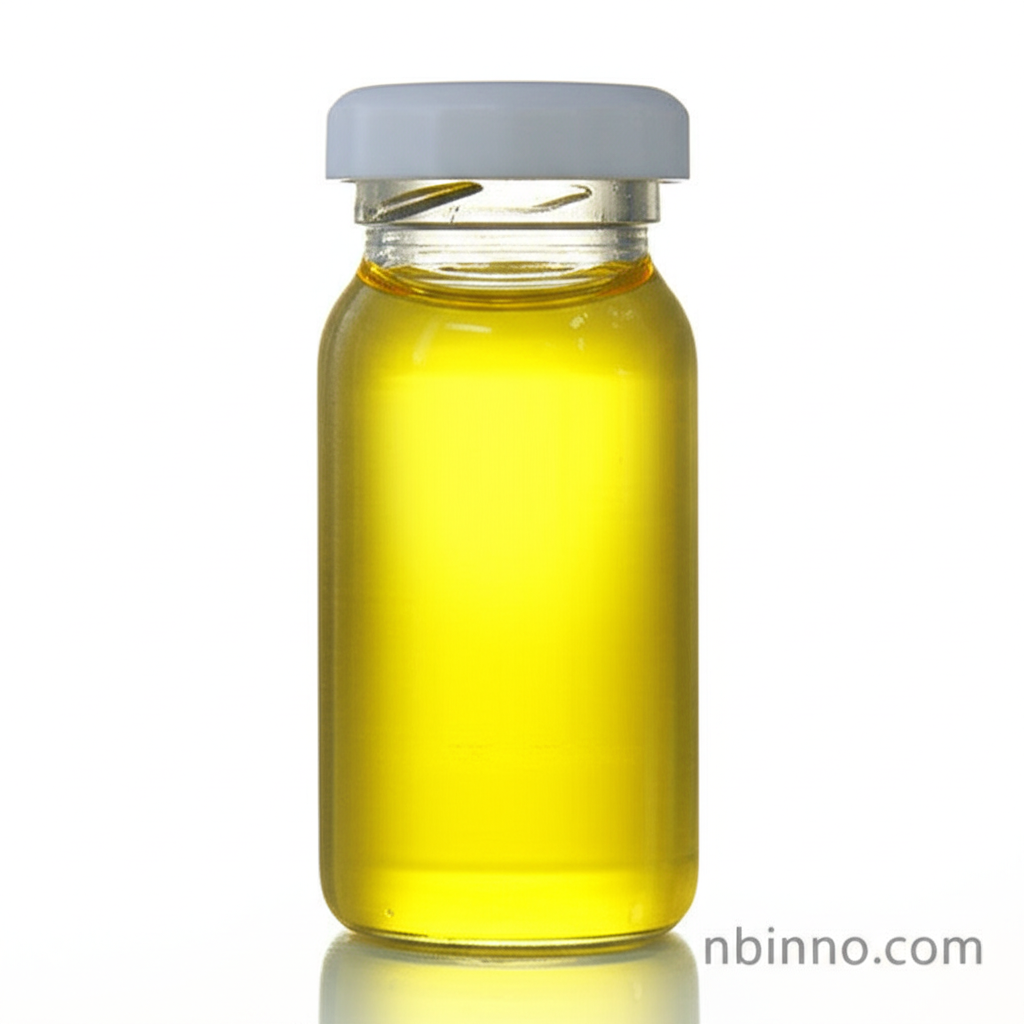Trioctylsilane (CAS 18765-09-8): A Versatile Organosilicon Compound for Advanced Applications
Explore the multifaceted applications of Trioctylsilane in synthesis, materials science, and beyond.
Get a Quote & SampleProduct Core Value

Trioctylsilane
Trioctylsilane (CAS 18765-09-8) is a key organosilicon compound, noted for its high thermal stability, low polarity, and resistance to oxidation, making it invaluable in demanding applications. Its structure, featuring three octyl groups bonded to a silicon atom, provides unique steric and hydrophobic properties crucial for its diverse functionalities.
- As a mild reducing agent in organic synthesis, it facilitates selective reactions like carbonyl reductions and debenzylation processes, as highlighted in studies on trioctylsilane synthesis.
- In nanotechnology, it acts as a surfactant in nanoparticle synthesis, improving stability and offering potential for optoelectronic applications through enhanced photoluminescence.
- Its role in materials science includes surface modification to enhance hydrophobicity and chemical resistance, proving ideal for advanced coatings and sealants.
- The unique properties of trioctylsilane also lend themselves to pharmaceutical applications, particularly in drug delivery systems for controlled release and improved cellular uptake.
Advantages Provided by the Product
Enhanced Reactivity Control
The steric bulk of its octyl chains provides a mild, controlled reactivity profile, allowing for selective transformations in organic synthesis, a key advantage in trioctylsilane applications.
Superior Surface Properties
Its hydrophobicity and chemical resistance make it excellent for surface modification, improving durability and performance in coatings and materials science applications.
Improved Drug Delivery Efficacy
When utilized in drug delivery systems, trioctylsilane contributes to better cellular uptake and sustained release, enhancing therapeutic outcomes.
Key Applications
Organic Synthesis
Trioctylsilane serves as a mild and selective reducing agent for various organic transformations, a critical aspect explored in trioctylsilane chemistry.
Nanotechnology
It is employed in the synthesis and stabilization of nanoparticles, contributing to advancements in materials science and optoelectronics.
Materials Science
Used for surface modification, it enhances properties like water repellency and durability in coatings and sealants.
Pharmaceuticals
Its properties are being investigated for advanced drug delivery systems, aiming for improved efficacy and reduced side effects.
